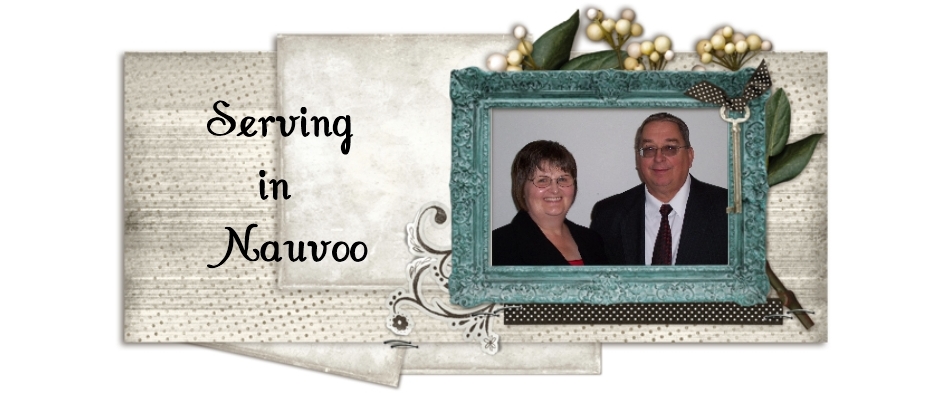Candle making was a family activity in Nauvoo (as most of the hard work was) and usually took place in the fall of the year.
The young girls would unravel old worn out clothing to get the threads and braid them together to make the wicks.
The boys would go out and gather rocks (jagged ones) and sticks. They would whittle the sticks to make them smooth, tie on the wick, and then tie the rock to the bottom of the wick.
They would make up a whole bunch of these ahead of candle making day. A good candle maker with the help of her family could dip about 200 candles a day, but it took many more days to get prepared.
The father would butcher an animal, the meat would be prepared for eating, and the fat saved for making candles.
They would build a fire outside and put water in this big pot along with the fat. They might boil it for days. The impurities in the fat would go to the bottom and the good fat would float on the top. They would scoop it off, dump out the dirty water, put in clean water and boil the fat again, until all the impurities were out.
They added alum to the tallow to keep it from getting rancid and smelling bad.
Then they would start dipping. The tallow had to be the right temperature because if it was too cool, it wouldn't dip smooth, if it was too hot, it would just melt off what they already dipped. Dip once, hang it up and dip the next one. When they were finished, they would start over again, continuing until they had their candle the size they wanted. Then they cut off the rock and put it back in the pot.
Each time the candle was dipped it became a little more useful and would burn a little longer. Just as each spiritual experience we have, strengthens our testimonies. Each good thing we do helps us to become a better person, a better example to everyone around us.
When the candles were made, they needed a place to store them so they built little boxes with lids. They put in straw to keep the candles separated and then either put them in their root cellar or dug a shallow hole and buried them until they were needed.
Inside the house they could use a candle safe made of tin to keep the critters from nibbling on those yummy candles.
Candle molds were available, but they were expensive and the people didn't have a lot of money. What they did have they were using to build the temple. The molds seem like they would be easier to use but when the tallow was poured in all at once, it took longer for them to set up and they also were full of bubbles, so they didn't burn as efficiently. Also notice how skinny the candles would be - they wouldn't burn as long.
We are not certain that "courting candles" were used during the Nauvoo period, but everyone loves hearing about the courting candle anyway.
If a young man liked a young woman, he would come to visit at her home in the evening. The father was in charge of the courting candle. The rule was that when the candle burned down to the first rung on the candle holder, it was time for the young man to go home. If the father did not like the young man, he would adjust the candle as low as it would go, so he would have to go home right away.
But if Daddy liked the young man, and thought he would make a good husband for his daughter, he would adjust the candle up high so he could stay a long time.
So, boys, if you really like a girl, impress her Dad !!!!!!
I cannot even imagine living without electricity. I guess if you like to camp, it wouldn't be so bad, but most of you know how I feel about camping. It's just one more reason I am soooooo grateful to live now and not back in the 1840's.






















